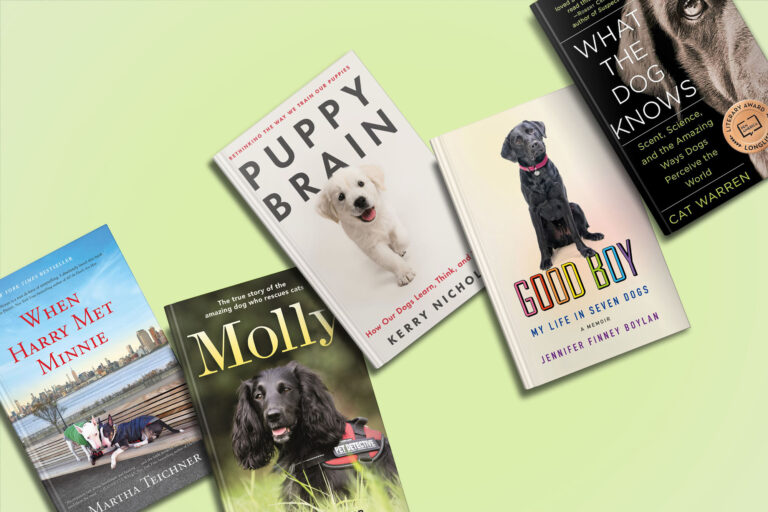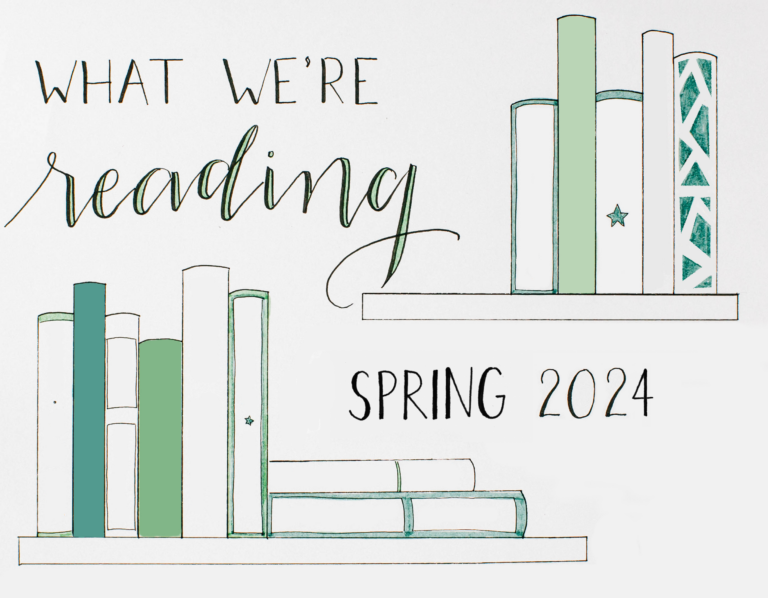
Celadon Books talked to Ashton Applewhite, author of This Chair Rocks: A Manifesto Against Ageism (out March 2019) about what ageism means, when it starts, and what the “U-Curve” is.
In the simplest terms, ageism is discrimination based on a person’s age. What are some of the subtler ways we see ageism every day?
Ageism is everywhere. Open a magazine, watch TV, or go to a party—mixed-age social events are rare in the U.S. (unless it’s a family gathering). The most uncomfortable and important place to look for ageism is between our own ears. Think about how often you attach age, usually disparagingly, to something about yourself or someone else that doesn’t actually have anything to do with age. Unless we stop to question these ways of thinking, over time they become part of our identity, making older people the most ageist of all.
Read more: What Is Ageism—and How Can We End It?
In the introduction to This Chair Rocks, you say your octogenarian in-laws, booksellers at the time, inspired the book by suggesting that you write about the question they kept encountering: “When are you going to retire?”
Ruth and Bill were remarkable in that they were successful entrepreneurs into their late 80s. When I heard the idea, my ears perked up, because I was 55 at the time, starting to think about “getting old,” and I was terrified! I thought, “Oh! There’s an upbeat, sound-bite friendly way to approach the subject.”
I started interviewing people over 80 and researching longevity. I got to meet all these amazing 80- and 90-year-olds and it didn’t take long to realize that almost everything I thought I knew about late life was way off base—way too black-and-white and way too negative. The idea that it’s all a downhill slide is clearly not true when we open our eyes and look at the older people all around us.
What are some of the most unexpected facts you’ve come across about aging?
I thought the odds of ending up in some evil nursing home were pretty good if I lived long enough. It turns out that when I started this project a decade ago, the percentage of Americans over 65 in nursing homes was only 4 percent. I would have guessed 20 or 30 percent. It’s now 2.5 percent and dropping. Even for people 85 and up, it’s only 9 percent.
And Alzheimer’s is not typical of aging. One in ten people 65 and up develop the condition, which means 90 percent don’t. Alzheimer’s is a terrifying disease and a massive public health challenge—mainly because we don’t support caregivers—but what most people don’t know is that the rates are declining. So, our fears are out of proportion, which itself is harmful because stress and anxiety are bad for our health.
You discuss the “U Curve of Happiness” in the book—the idea that we’re happiest at the beginning and end of our lives. Where have you seen it in action?
It’s referenced all over the place, but when I first encountered it, I was so skeptical. I thought they must have pulled over two 80-year-olds, given them a cookie, and asked, “How’re you doing?” Then I assumed they must have found two rich 80-year-olds, or two healthy 80-year-olds, or two happily coupled 80-year-olds. But the U-curve can be found across countries, across class, across marital status.
So, the old saying “it’s all downhill after 50” isn’t true?
No! In mid-life, you probably have peak obligations on the job, you may have responsibilities for both older and younger family members, you’re supposed to be saving for retirement, and it’s the time when you realize, “Oh, crap. I’m probably never going to become that ballerina or astronaut.” That’s hard, and it’s human, but it’s also a function of ageism. The message is: “If you think it sucks now, just wait, because the longer you live, the worse it’s going to get.” That is patently false.
Read more: Ashton, Is This Ageist?
New research from Stanford Graduate School of Business reports that older men are experiencing higher rates of ageism in the workplace than women. Based on your research, why do you think that is?
Women face the double whammy of ageism and sexism, mainly because we’re judged more harshly for our failure to continue to “look young.” Economists have a charming name for this: the “attractiveness penalty.” The idea is that as powerful women age, the business world cuts them a little slack by turning them into less threatening “grannies,” which spares them the hostility directed at older men who decline to shuffle offstage. But you never hear of a group of old men described as “grandpas,” do you? A separate standard for women, especially one that neuters and condescends, never works to our ultimate advantage.
Interestingly, ageism is the first form of discrimination that many white men encounter. I’m hoping that some of those men are willing to do the uncomfortable reckoning involved and join the movement. They could become powerful spokespeople about how awful it is to be discriminated against on the basis of anything about ourselves we cannot change—discrimination that people of color have experienced for far longer and with far more terrible consequences.
People assume ageism refers only to the treatment of older people. Are younger people affected as well, and how?
We live in a youth-obsessed society, so older people do bear the brunt of ageism. But we’re being ageist anytime we come to an assumption about a person or a group of people on the basis of how old we think they are. Don’t you remember being disrespected as a teenager by people who assumed you were irresponsible? That’s ageism, too. Just as aging begins the minute we’re born, ageism casts a shadow across our entire lives.



